Mercedes-AMG, Garrett developing 48V electric exhaust gas turbocharger
Green Car Congress
JUNE 18, 2020
An electric exhaust gas turbocharger, which in future will be used for the first time in a series production model, is already in the final stages of development. This electronically-controlled electric motor drives the compressor wheel before this accepts the exhaust gas flow.

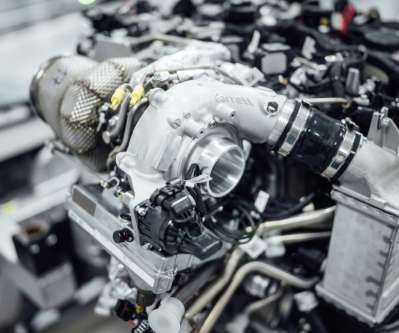
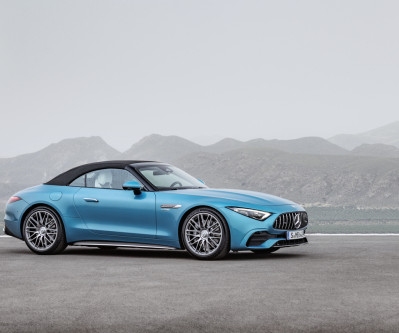
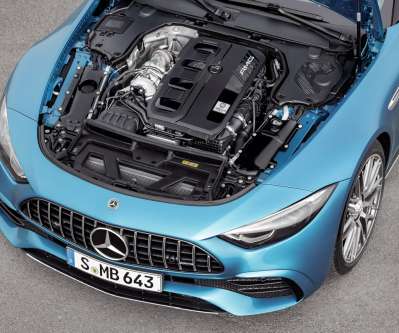
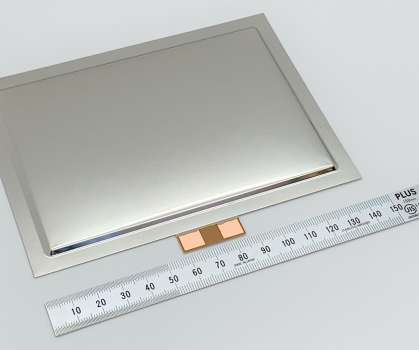


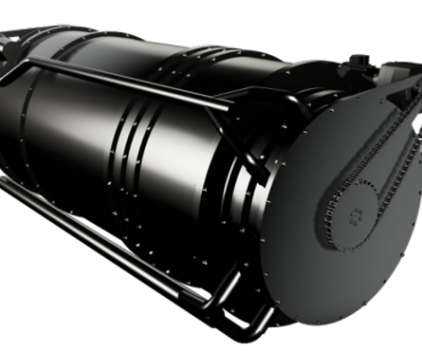
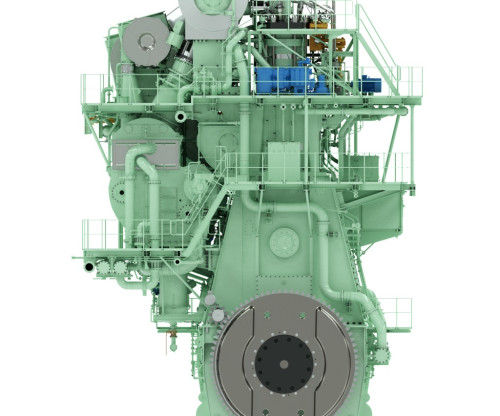

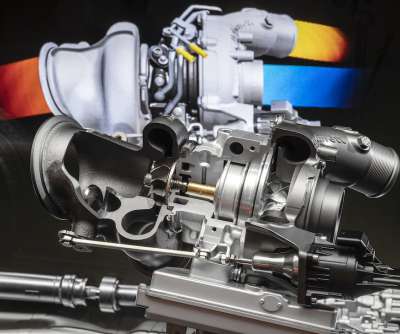


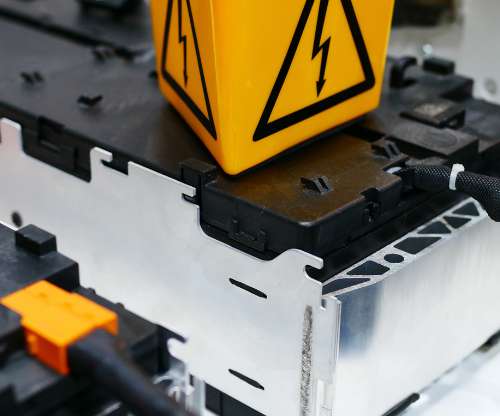



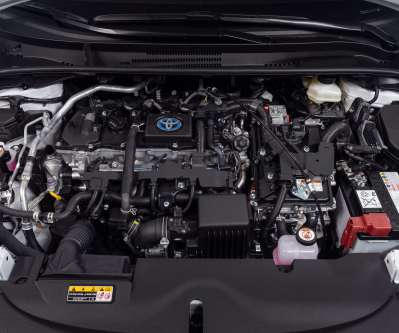
























Let's personalize your content